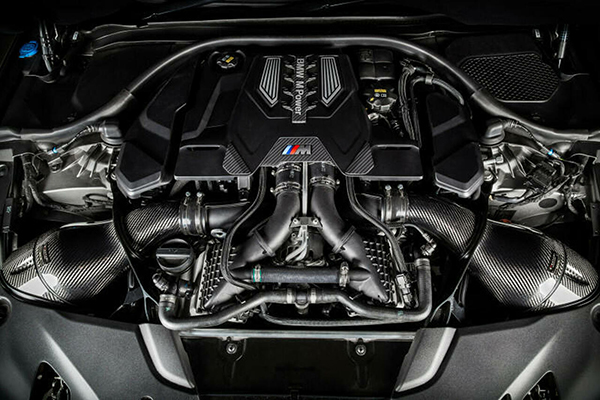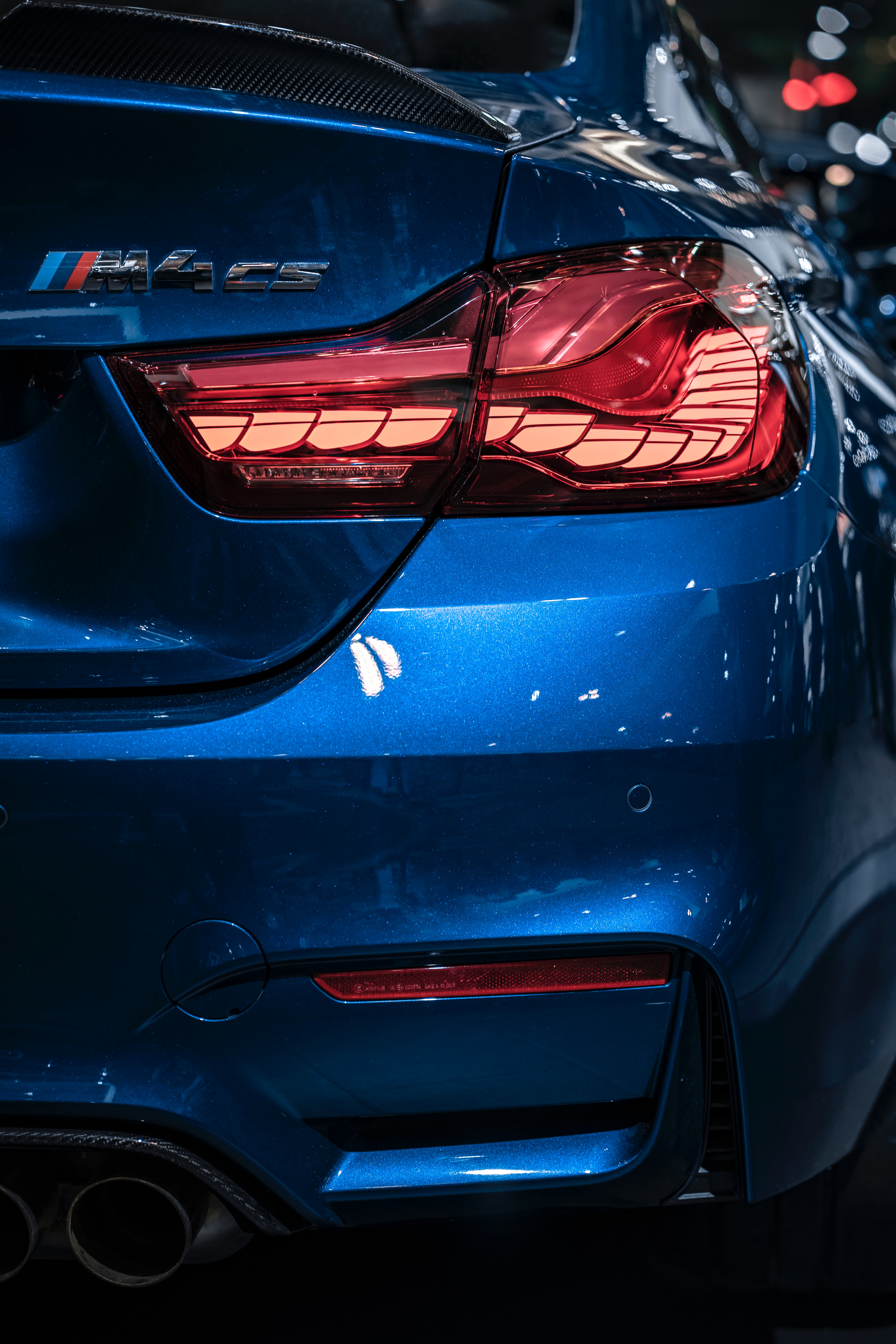
Aftermarket Forced Induction
Engines often have a limit to their power because of their air intake. They have to work with atmospheric pressure, affecting their efficiency. Because of this, most engines only fulfill around 75-85% efficiency even in the best conditions. It’s the same no matter the brand — especially if you have an older model.
Forced induction can be one of the ways to utilize your engine’s potential. Eurotek Tuning Specializes in performance repair and service. Contact us today to learn more.
What Is Forced Induction?
Forced induction brings more air into the engine to increase its efficiency and power. Vehicles with this capability often come with turbochargers or superchargers. Stock engines often use natural aspiration, relying on atmospheric force to push air. You can experience 100% efficiency due to the forced induction upgrades to the exhaust or air intake.
The engine can work more and burn fuel with little waste because of it. However, that also means bringing added pressure to the vehicle. Before undergoing forced induction, we’ll have to consider the vehicle parts and ensure they can withstand the pressure. If not, we may need to place in other upgrades first because a turbocharger or supercharger may blow up the engine without support.
If you are interested in maximizing your engine’s efficiency, contact us today. We have handled many forced induction services over the years.

What Is a Supercharger?
A supercharger is an air compressor placed on the engine to force more air into it. The air reaches the combustion chamber, where it can burn fuel efficiently.
With it, you’ll immediately notice a boost in performance as the power increases. It has a more gradual effect than a turbocharger, and some setups will not need any extra parts. It all depends on the type of vehicle you have and our assessment. There are two types of superchargers:
Mechanical
The mechanical supercharger is the most common type as it’s been in existence since the late 1800s. It utilizes lobes to compress the air and is connected to the engine to run concurrently when the vehicle is on.
Electrical
Newer superchargers use electricity, and these often combine with turbocharger setups. Unlike the mechanical supercharger, this one doesn’t need a direct connection to the engine. It only requires a reliable electrical source to function, meaning the vehicle’s alternator should be sufficient.
What Is a Turbocharger?
A turbocharger improves the performance and efficiency of the engine and is a popular option among new vehicle models. It compresses air like a turbocharger, but it does not need extra power. It uses the expelled gasses for energy, which will be less taxing on the vehicle.
It improves fuel efficiency, though this depends on the type of engine. Turbochargers are also known to disperse quite a bit of heat, so many vehicles will need cooling systems to accommodate them.
What Is an Intercooler?
An intercooler regulates the heat on an engine with forced induction and works with a supercharger or turbocharger system. Because compressed air brings a lot of heat, the car needs to cool down to prevent engine damage. Hot air can also impact its performance, making it less efficient than intended.
The intercooler helps the compressed air regulate, improving combustion and engine reliability. It can reside in different parts of the engine, and we recommend placing it in areas where there’s much airflow. There are two main types:
- Air-to-air: This intercooler passes compressed air into tubes with cooling fins. Heat transfers, and it then releases air in lower temperatures.
- Air-to-water: As the name implies, this intercooler contains water that conducts better. The water pumps through a cooling circuit to help regulate temperatures inside.
What Is a Blow-off Valve and By-pass Valve?
If you have a forced induction setup, you need a way to remove pressurized air. You do this through these two valves. Without them, your engine will experience too much strain and break down. There are some differences in how both operate:
Blow-off Valve (BOV)
A blow-off valve removes any excess pressure within the engine. Modern versions of the BOV are hybrids as they can circulate most of the air back into the system. That way, you decrease any lag when you’re shifting gears. The setup of your valve will depend on what type of vehicle you have and its use.
By-pass Valve (BPV)
Unlike the BOV, the BPV doesn’t let out excess air. Instead, it circulates the air, balancing the airflow through a sensor. Recirculating air means tuning may not be needed, though it depends on your engine’s horsepower. High-powered engines need more of a BOV as they require removing excess air to function at their best.
What Is a Wastegate?
The wastegate’s goal is to control how much exhaust goes into a turbocharger. It can divert the gas away when it’s excessive, preventing the forced induction from overworking. It’s a form of regulation that helps maximize the turbocharger output. It also protects it and the engine from any damage.
The wastegate uses an actuator that opens the gate if the pressure reaches its maximum. Once the pressure decreases, the gate closes. You can fit a wastegate within the turbocharger or as an extension outside.
Improve Vehicle Performance With Our Forced Induction Services
Forced induction is different for each vehicle. It all depends on your preferences and the type of build you have. If you are looking for more boost, you may need many of these accessories to ease the burden on the engine. We can discover the upgrades your vehicle needs to improve its output. Not only that, but we can also ensure that your car’s integrity remains in the best condition for some time.
